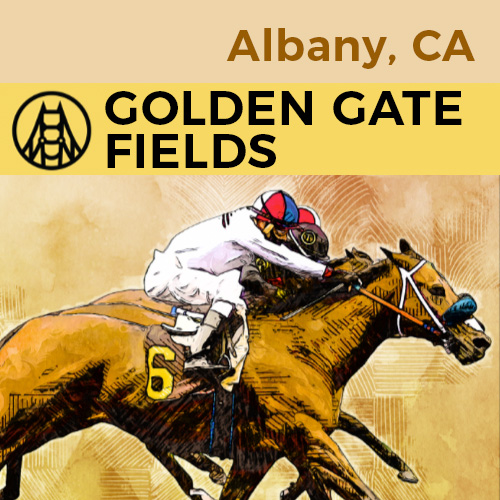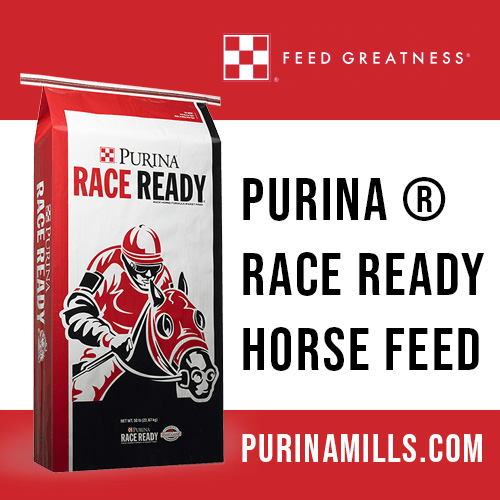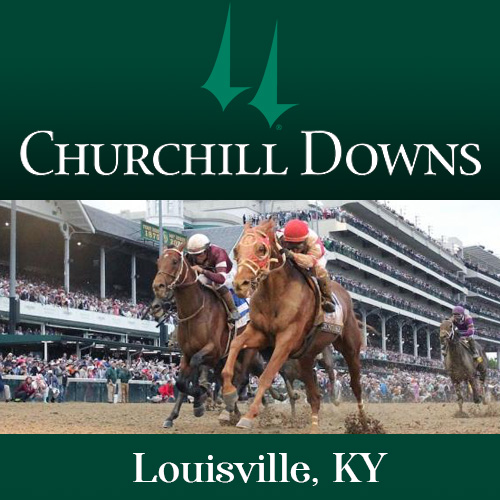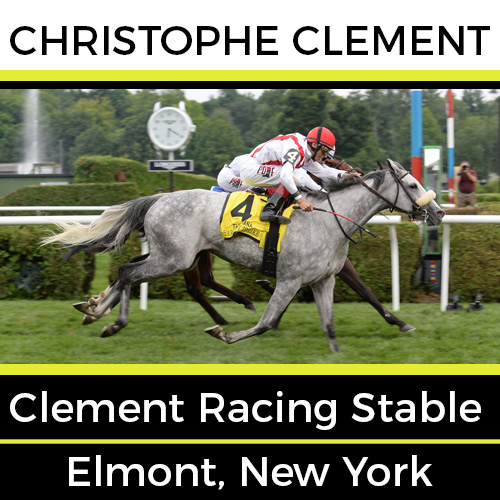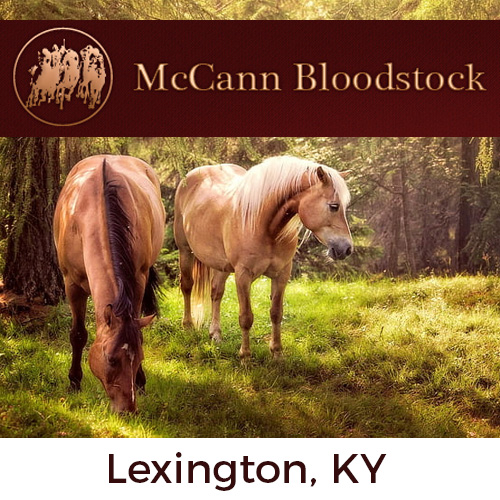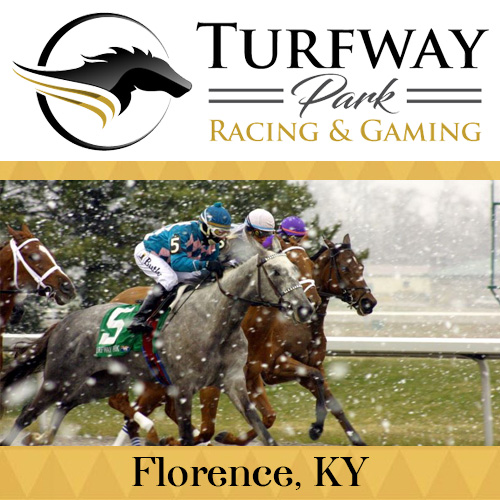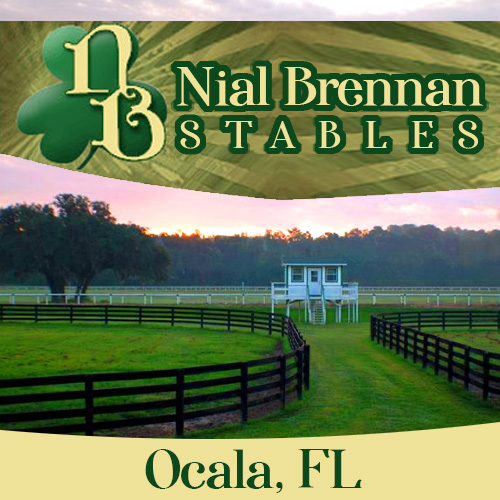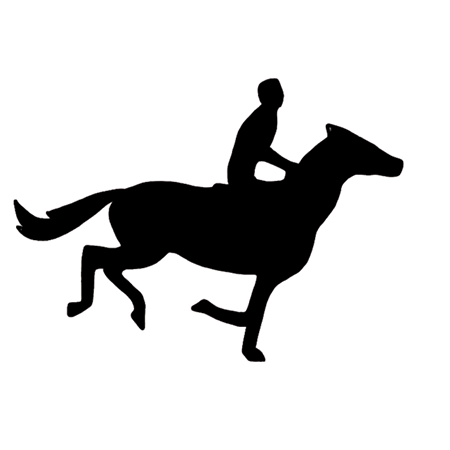Keeneland Sale November Shows Strength Of Top End & Weakness Of Middle Market
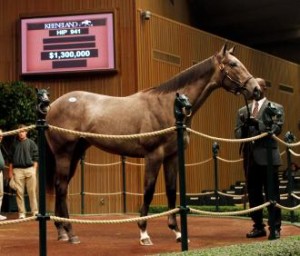 Keeneland’s November Sale demonstrated how the thoroughbred market seems to continue to encompass the widening gulf between the haves and have-nots. There is almost no middle market at horse sales at this time, as the just-completed Keeneland November Sale showed. Small breeders face being forced out of a marketplace in which strong competition for every type of thoroughbred exists only at the very top of the market.
Keeneland’s November Sale demonstrated how the thoroughbred market seems to continue to encompass the widening gulf between the haves and have-nots. There is almost no middle market at horse sales at this time, as the just-completed Keeneland November Sale showed. Small breeders face being forced out of a marketplace in which strong competition for every type of thoroughbred exists only at the very top of the market.
Buyers such as Larry Best, Peter Brant, Barbara Banke, the Maktoums, the Coolmore gang, et al, compete for million dollar mares and weanlings in the first catalogue book, while Book Six is littered with animals which garner no bid, sell for $1000, or are withdrawn from the sale due to the poor prospects of late-sale hip numbers. As the mid-market weakens, the lower end of the market has ceased to exist. As someone who has been attending, buying and selling at Keeneland since the early ‘90s, never have I seen so many outs and RNAs in the final book, with the penultimate book being nearly as bad. Averages and medians don’t adequately reflect the discrepancy, as the highest priced lots distort the truth of the sale.
The other phenomenon of this latest sale is the devaluation of mares, and the escalating prices for the very best weanlings. Competition for star yearlings has skyrocketed, due partially to the demand for perfection in conformation, pedigree and vetting, and the willingness of the few top buyers to vie for that perfection. This is heightened by the current trend of big-money partnerships and syndicates competing with the richest of the rich for the elite yearlings. Due to this, the buyers at the top of the yearling market now have competition fatigue, and decided to acquire, instead, the best weanlings money can buy, as the weanling market is traditionally softer than the yearling market. Who knows how this kind of mass decision happens; but prices for the best weanlings at Keeneland November reflected this willingness to raise babies through their childhoods until they can be put into training at two if these babies are perceived as a relative bargain.
This trend certainly affects pinhookers as well, who found themselves vying with end users who would normally purchase the pinhookers’ offerings at yearling sales. I’m guessing many pinhookers found themselves without enough prospects from November. With this mania for acquiring the very best weanlings, mares found themselves neglected, both because of this craze for acquiring babies, and because of the slump in the middle and lower-end of the market. Elite mares still sold well, but on the whole the mare market was deflated, which can only, eventually, affect stud fees detrimentally, as well as attrition in the lower-end stallion ranks, with more studs being sold to Turkey and Korea.
The numbers tell the story. In the first session, the average price was $430,720, and the median $300,000. For the overall sale, the average price was $74,857, with a median of $25,000, the discrepancy indicating that a couple of high prices skewed the average. The median is always a better, truer indicator of sale strength. But for the last session, the average price was $4363, and the median only $2000. 289 head had been catalogued, but only 121 sold, indicating the high number of outs, RNAs, and no bid lots. With the thousand dollar entry fee that Keeneland charges, the cost of sales prep, the consignors’ fees, and the feeding and caring for the animal, there is no money to be made in the lower end of the market, and in fact loss is guaranteed.
Much like our current economy, those who toil in the small breeder ranks face grim prospects. The expense of raising a foal by an inexpensive stallion, out of an inexpensive, even if promising, mare is the same as that of raising an elite foal. When the fog of this just-completed marathon sale lifts, the reality of this polarized market will be visible, and this reality is not a good one for those with modest means who love breeding and raising what we hope and dream will be a good horse.
-- Roberta Smoodin

